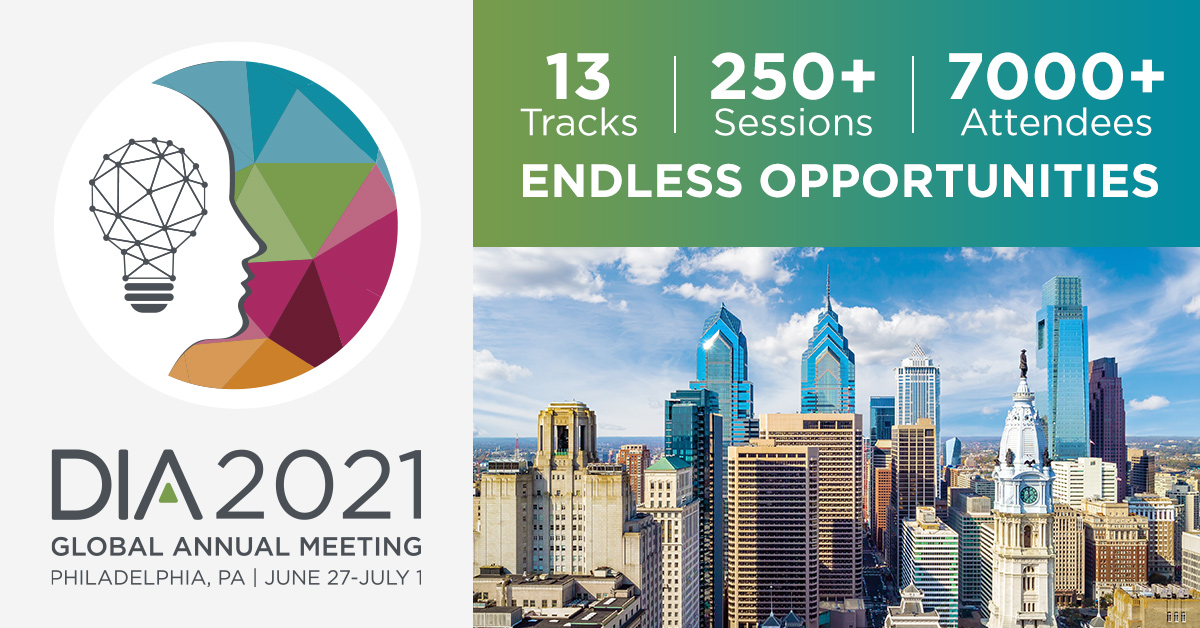Table of Contents
WE ARE DIA
EXECUTIVE LEADERSHIP
Subscribe
Love Global Forum‘s new online format? Subscribe today and never miss an issue.
Editorial Board
Content stream editors
Gary Kelloff US National Institutes of Health
David Parkinson ESSA Pharma, Inc.
regulatory science
Yoshiaki Uyama Pharmaceuticals and Medical Devices Agency (PMDA)
Adora Ndu BioMarin Pharmaceutical, Inc.
Patient engagement
Deborah Collyar Patient Advocates In Research (PAIR)
Lode Dewulf Servier
VALUE AND ACCESS
Monika Schneider Duke-Margolis Center for Health Policy
Editorial Staff
Alberto Grignolo, Editor-in-Chief Parexel International
Ranjini Prithviraj, Global Associate Director, Content Collaboration DIA Publications
Sandra Blumenrath, Science Writer DIA Publications
Chris M. Slawecki, Senior Digital Copyeditor DIA Publications
Regional Editors
David Mukanga Bill and Melinda Gates Foundation
ASEAN
Silke Vogel Duke-National University of Singapore Medical School
AUSTRALIA/NEW ZEALAND
Richard Day University of New South Wales, Medicine, St. Vincent’s Hospital
CANADA
Judith Glennie JL Glennie Consulting, Inc.
Megan Bettle Health Canada
CHINA
Ling Su Shenyang Pharmaceutical University, Lilly Asia Ventures
Europe
Thomas Kühler Sanofi R&D
INDIA
J. Vijay Venkatraman Oviya MedSafe
JAPAN
Akiko Ikeda Janssen Pharmaceutical K.K.
LATIN AMERICA
Cammilla Gomes Roche
MIDDLE EAST
Inas Chehimi Novartis
USA
Ebony Dashiell-Aje BioMarin
Young Professionals Editor
DIA Membership
Bringing together stakeholders for the betterment of global health care.
Accelerating the Pace of Oncology Clinical Trials in the Wake of COVID-19
Datavant
Medable
he COVID-19 pandemic has harmed thousands of cancer patients by delaying or postponing clinical trials for new anticancer agents in various indications. Norman Sharpless, director of the US National Cancer Institute, projects an increase of 10,000 breast and colorectal cancer deaths during the coming decade as a result.
Pharmaco-Extra-Vigilance: Pandemic Disrupts Pharmaceutical Practices
Adis Pharmacovigilance
he COVID-19 pandemic has necessitated the unprecedented use of pharmaceutical agents in attempts to find an effective treatment for the infection and to manage the severe and varied symptoms associated with it. These activities have increased off-label use of drugs and resulted in pregnancy exposure or lack of efficacy.
(In this context, “special situation” means use of a medicinal product during pregnancy or breastfeeding, or in a pediatric or elderly population. Reports of overdose, off-label use, misuse, medication error, or occupational exposure and lack of therapeutic efficacy are also considered special situations.)
COVID-19: The Great Decentralized Clinical Trials Accelerator
Patient Innovation Center
Medical and Scientific Services
Parexel International
here’s no better way to truly understand the patient experience than to become a patient in the midst of an unprecedented global pandemic. I found myself in this position in early March, when I was transported to the hospital by ambulance late one night after experiencing increasingly severe symptoms of COVID-19. Though much of it is a blur, it was clear the next morning when I awoke that many of the nurses were working on the COVID-19 unit for the first time. They spoke of concerns about transmitting the disease to their children at home, confusion over continually changing instructions for proper PPE use, and questions about whether they should be working at all.
Surrounded by elderly and frail patients who looked equally as frightened as I was, it was clear that a hospital was the last place we wanted to be, and the prospect of home-based care was a very appealing option. Although I had always embraced decentralized clinical trials (DCTs) as a way to reduce the patient burden and sought to incorporate them into trial designs, I realized it was now imperative that our industry employ this model as a means of ensuring patient safety and enabling ongoing trial participation during the pandemic.
For those unfamiliar with DCTs, these are the key elements and their implications for patients:
- Patient Apps: Enable participants to eConsent, complete ePRO measures and surveys, receive visit reminders and motivational messages, and participate in telehealth (video) calls with site staff. This means that in-person appointments can be replaced but patients stay connected and engaged in the study, their safety can effectively be monitored by the investigator, and data quality is still maintained.
- Direct-to-Patient Drug Shipments: Ensure that study medication is provided to patients in their home even when they cannot, or do not want to, visit the site. Patients therefore can remain compliant with their treatment schedule while staying safe and participating in a way that meets their needs.
- Sensors: Support remote data collection directly from the patient (e.g., wearables like actigraphs that monitor activity levels) or their environment (e.g., air quality). This can replace some traditional methods and reduce the number of physical appointments.
- Home Healthcare: Simple tests and procedures, such as blood draws and recordings of vital signs, can be performed in the home by visiting nurses, allowing patients to complete some or all visits successfully without travelling to the study site.
Looking to the Future with RBQM
Controlling Risk Across the Entire Study Lifecycle
CluePoints
efore, it was about Risk-Based Monitoring (RBM). Now, it is about Risk-Based Quality Management (RBQM), an ICH- and FDA-advocated approach to managing risk for the entire clinical trial lifecycle. Improving data quality and patient safety, while controlling the spiralling costs of drug development research, were the primary objectives behind the shift towards RBM over the last eight years. The model’s success, combined with advances in clinical trial technology, has seen the approach extended to cover the whole trial execution, a methodology widely referred to as “RBQM.” But what is the difference between RBM and RBQM? What are the benefits? And how can sponsors and CROs harness the power of risk-based trial management?
Key Takeaways
- In the case of risk assessment, earlier risk detection and intervention prevents significant permanent damage.
- Central Statistical Monitoring (CSM) plays a crucial part in RBQM, helping to drive down the cost of randomized clinical trials while improving their quality.
- Elements of RBQM can be implemented individually and independently to great success, making clinical trials better, faster, and cheaper for sponsors and CROs – and safer for patients.
eLabeling for Timely and Personalized Drug Information Updates to Physicians and Patients
Indegene
@indegeneinsight
he package insert (or prescribing information) is the pharmaceutical company’s key mechanism to communicate information about the drug to healthcare professionals (HCP) and patients, in line with national requirements. The approved labels are printed and distributed to the end users along with the medicinal products. Update and distribution of revised prescribing information is often delayed due to the physical nature of the label, which can lead to a potential risk to patient safety.
Shortcomings of Physical Package Insert/Label
The challenges presented by a physical label are due to its inflexible nature and non-scalable processes. Other challenges include content inconsistencies across markets due to region-specific regulations, and increased cost associated with physical labels. Often due to limited paper size, text is cramped on the label by using small fonts, which impairs readability. In addition, physical labels provide no personalized information and the patient must search for relevant text. Pharmaceutical companies encounter multiple problems in tracking and implementing frequent label updates in order to provide accurate information to patients and HCPs, and the physical nature of labels delays dissemination of safety information.
![]() DIA DIRECT: COVID-19 Webinars
DIA DIRECT: COVID-19 Webinars
As a response to the current pandemic, and with the support of the DIA Knowledge Brigade, we have brought together experts from across the global healthcare product development continuum for an ongoing series of live, virtual panel discussions on how we continue to work towards our shared mission of accelerating therapies to patients, during the coronavirus crisis. Watch Real World Data to Inform COVID-19 Response: Collaborating in the COVID-19 Evidence Accelerator below now.
For other webinars in this DIA DIRECT COVID-19 Webinar Series, please visit our COVID-19 Resource Center.
![]() DIA DIRECT: COVID-19 Webinars
DIA DIRECT: COVID-19 Webinars
As a response to the current pandemic, and with the support of the DIA Knowledge Brigade, we have brought together experts from across the global healthcare product development continuum for an ongoing series of live, virtual panel discussions on how we continue to work towards our shared mission of accelerating therapies to patients, during the coronavirus crisis. Watch Drug Shortages and Supply Chain Management during COVID-19 below now.
For other webinars in this DIA DIRECT COVID-19 Webinar Series, please visit our COVID-19 Resource Center.
Around the Globe
he COVID-19 pandemic is a constantly evolving and debilitating outbreak and, in many ways, has been materially different from previous infectious disease outbreak experiences such as Zika and Ebola. The strain on healthcare systems (infrastructure, healthcare professionals, availability of supplies, etc.) is only the tip of the iceberg. The pandemic has led to a massive global financial and economic crisis, threatening the availability and affordability of health products and impacting health services. As the entire globe demands urgent solutions, regulatory interventions are vitally important for consolidating regulatory resources and efforts to facilitate access to safe, effective, and timely health products.
Key Takeaways
- With most pandemic solutions being driven by developed countries, efforts must focus on access to and availability of health products in Lower and Middle Income Countries (LMICs).
- Regulators play a key role in facilitating safe, effective and timely solutions and must adapt to pandemic needs for making risk-based decisions.
- Regulatory collaborations at both global and regional levels are promoting discussions and work-sharing to accelerate approval of COVID- 19-related health products.
- Regulators must work as an integral part of wider public health systems moving forward.
Around the Globe
Inter-Professional, Inc.
DIA Japan AI and Digital Health Symposium Program Committee Chair
lobal connectivity and harmonization are critical pillars in the world of medical and healthcare information. One of their goals is to link to every data source and stakeholder group involved in and with this information.
Key Takeaways
- “Patient-centric” research and care, no matter how heavily promoted, will remain little more than an official slogan (or excuse) if the R&D, healthcare, and patient communities lack connectivity across Japan.
- Social economic rationality is an important measure of “patient-centric” R&D and healthcare, which should deliver substantial changes in the social benefit of these services (and not only for one specific company or group).
- Emerging AI and digital platforms and tools make compelling arguments for decentralized and optimized R&D and healthcare. Many stakeholders wish to overcome the gridlock in the current labor-intensive R&D models.
- Many experts agree that humans seem inadequately prepared for the new digital era. Definitions of how to use a tool, of important things to do and not do, and ways to demonstrate social intelligence and creativity, drive harmonization among people and their processes but are not yet sufficiently refined at this time.
Around the Globe
Novartis
Pfizer
On behalf of FIFARMA (Latin American Federation of the Pharmaceutical Industry) Regulatory & Biologics Working Group
dvanced Therapies have the potential to address major unmet health needs, changing the courses of diseases by alleviating the underlying causes and even potentially curing certain conditions. Health authorities around the globe are currently considering the development of standards and rules for regulating these products, in order to control the use of unapproved therapies and prevent risks to the population. To contribute to this rapidly evolving topic in Latin America, this article presents the industry perspective on considerations and recommendations for strengthening Advanced Therapies regulatory systems with a focus on establishing regulatory frameworks, adopting reliance procedures, and promoting regulatory capacity building.
Young Professionals Corner
Casey Walker
PGY-1 Behavioral Health Pharmacy Resident
University of the Sciences of Philadelphia
@casey_rx
t was the third day of my College of Pharmacy orientation at the Howard University College of Pharmacy (HUCOP) in Washington, DC. I sat in the third row of the auditorium with my first-year pharmacy classmates watching the student organization presentations given by upperclassmen. I was amazed and overwhelmed by the activities and opportunities presented to us. Little did I know that one of the organizations presented that day would become part of my life story. Adaobi Anyiwo (now Adaobi Anyiwo, PharmD, RAC) delivered a presentation about the Howard University DIA Student Chapter. I was totally fascinated.









